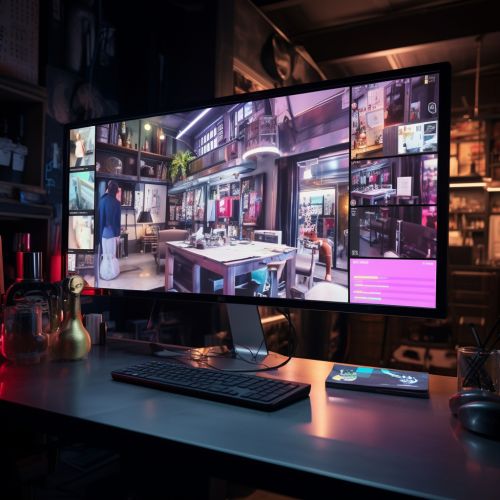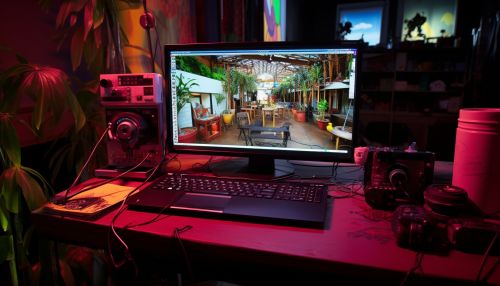Real-Time Object Detection
Introduction
Real-time object detection is a subfield of computer vision that focuses on identifying and locating objects in images or videos in real time. This technology has a wide range of applications, including autonomous vehicles, video surveillance, and augmented reality.


Background
The field of real-time object detection has evolved significantly over the past few decades. Early methods relied on simple image processing techniques and pattern recognition. However, these methods were not robust enough to handle the complexity and variability of real-world environments.
Modern Approaches
Modern approaches to real-time object detection primarily use deep learning techniques, specifically convolutional neural networks (CNNs). These methods have proven to be highly effective at detecting objects in complex scenes, even in the presence of occlusions, varying lighting conditions, and changes in object appearance.
Convolutional Neural Networks
Convolutional Neural Networks (CNNs) are a type of artificial neural network designed to process data with a grid-like topology, such as an image. CNNs are particularly effective for image analysis tasks because they can automatically learn hierarchical feature representations from raw pixel data.
Region Proposal Networks
Region Proposal Networks (RPNs) are a type of CNN that scan the image in a sliding window fashion and output a set of object proposals, each with an objectness score. RPNs are used in state-of-the-art object detection frameworks like Faster R-CNN and YOLO.
YOLO (You Only Look Once)
YOLO is a popular real-time object detection system that frames object detection as a regression problem to spatially separated bounding boxes and associated class probabilities. Unlike methods that use RPNs, YOLO applies a single neural network to the full image, making it extremely fast.
Single Shot MultiBox Detector
The Single Shot MultiBox Detector (SSD) is another popular method for real-time object detection. Like YOLO, SSD also frames object detection as a regression problem. However, it uses multiple sets of default bounding boxes at different aspect ratios and scales for each feature map location, making it more effective at detecting objects of various sizes.
Challenges
Despite the significant progress in real-time object detection, several challenges remain. These include dealing with small objects, handling occlusions, recognizing objects in low-quality images or videos, and improving the robustness of detection algorithms to variations in object appearance, lighting conditions, and viewpoint changes.
Applications
Real-time object detection has a wide range of applications in various fields. These include:
- Autonomous vehicles: Real-time object detection is used in autonomous vehicles to detect and avoid obstacles.
- Video surveillance: It is used in video surveillance systems to detect unusual activities or behaviors.
- Augmented reality: In augmented reality, real-time object detection is used to overlay virtual objects onto real-world scenes.
- Robotics: In robotics, it is used for tasks such as object manipulation and navigation.
Future Directions
The future of real-time object detection lies in addressing the existing challenges and expanding the range of applications. Potential directions include improving the robustness of detection algorithms, developing methods that can handle 3D data, and integrating object detection with other tasks such as object tracking and semantic segmentation.
